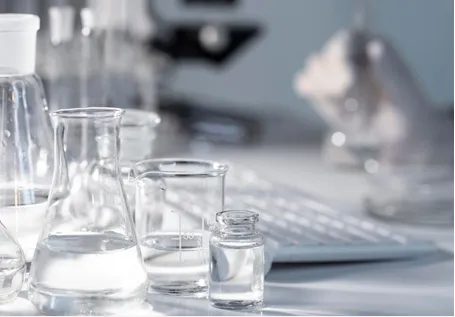Amine for Boiler Water Treatment Essential Considerations
Boiler water treatment is a crucial aspect of maintaining the efficiency and longevity of industrial boilers. The use of amines in the treatment process has gained prominence in recent years due to their effective properties in controlling corrosion, protecting equipment, and ensuring efficient steam generation. This article will discuss the role of amines in boiler water treatment, their advantages, application methods, and best practices.
Understanding Amines
Amines are organic compounds that contain nitrogen atoms bound to carbon and hydrogen. In the context of boiler water treatment, amines serve primarily as corrosion inhibitors and pH stabilizers. They are commonly categorized into two groups volatile amines, such as morpholine and cyclohexylamine, and non-volatile amines, which include products like diethylaminoethanol. Each category plays a distinct role in the treatment of boiler water.
Role of Amines in Boiler Water Treatment
When water is heated in a boiler, it can potentially cause corrosion in the metal surfaces if not treated correctly. Corrosion is often facilitated by the presence of oxygen and impurities in the water. Amines work by forming a protective film on the metal surfaces, which acts as a barrier against corrosion. This protective layer significantly reduces the rate of metal degradation, enhancing the reliability and efficiency of the boiler.
In addition to their corrosion inhibition properties, amines also help maintain the pH level of the boiler water. A stable pH is crucial because extreme acidity or alkalinity can lead to serious problems, such as scaling, foaming, and further corrosion. By moderating the pH, amines contribute to optimal boiler operation and reduce maintenance costs.
Advantages of Using Amines
One of the primary advantages of using amines for boiler water treatment is their effectiveness at low concentrations. This allows for minimal impact on the environment while still achieving significant results in preventing corrosion. Furthermore, volatile amines can easily evaporate with steam, allowing for continuous protection throughout the steam system. This characteristic helps create an environment where the iron and steel components are shielded from harmful corrosive agents.
Another advantage of amines is their compatibility with other treatment chemicals, such as oxygen scavengers and phosphate-based alkalinity builders
. This compatibility allows for a comprehensive approach to water treatment, ensuring all potential issues are addressed.Application Methods
amine for boiler water treatment

The application of amines in boiler water treatment can be done through various methods. They can be added directly to the water feed system or through a specialized dosing system to ensure consistent and accurate dosing. The key to effective treatment lies in continuous monitoring and adjusting the dosages based on the specific operating conditions of the boiler and the quality of the feedwater.
Effective application also involves regular water analysis to determine the concentration of amines and other treatment chemicals. This practice allows plant operators to maintain the proper chemical balance and make necessary adjustments to avoid any potential issues.
Best Practices for Using Amines
To maximize the benefits of amines in boiler water treatment, several best practices should be followed
1. Regular Monitoring It is essential to continuously monitor boiler water parameters, such as pH, conductivity, and amine concentration, to ensure optimal treatment levels.
2. Quality Water Source Start with high-quality feedwater, as impurities can significantly impact the efficiency of amines.
3. Proper Dosage Always ensure that dosing is carried out according to manufacturer recommendations and based on routine analysis.
4. System Maintenance Perform regular maintenance on the boiler and associated equipment to prevent buildup of scale and other impurities, ensuring the amines can work effectively.
5. Safety Protocols Follow safety regulations when handling and storing amines, as they can pose health risks if not managed correctly.
In conclusion, the use of amines in boiler water treatment is essential for preventing corrosion, protecting equipment, and maintaining high efficiency in steam generation. With the right application methods and best practices in place, industries can enhance boiler performance and extend the lifespan of their equipment while reducing overall operational costs.

